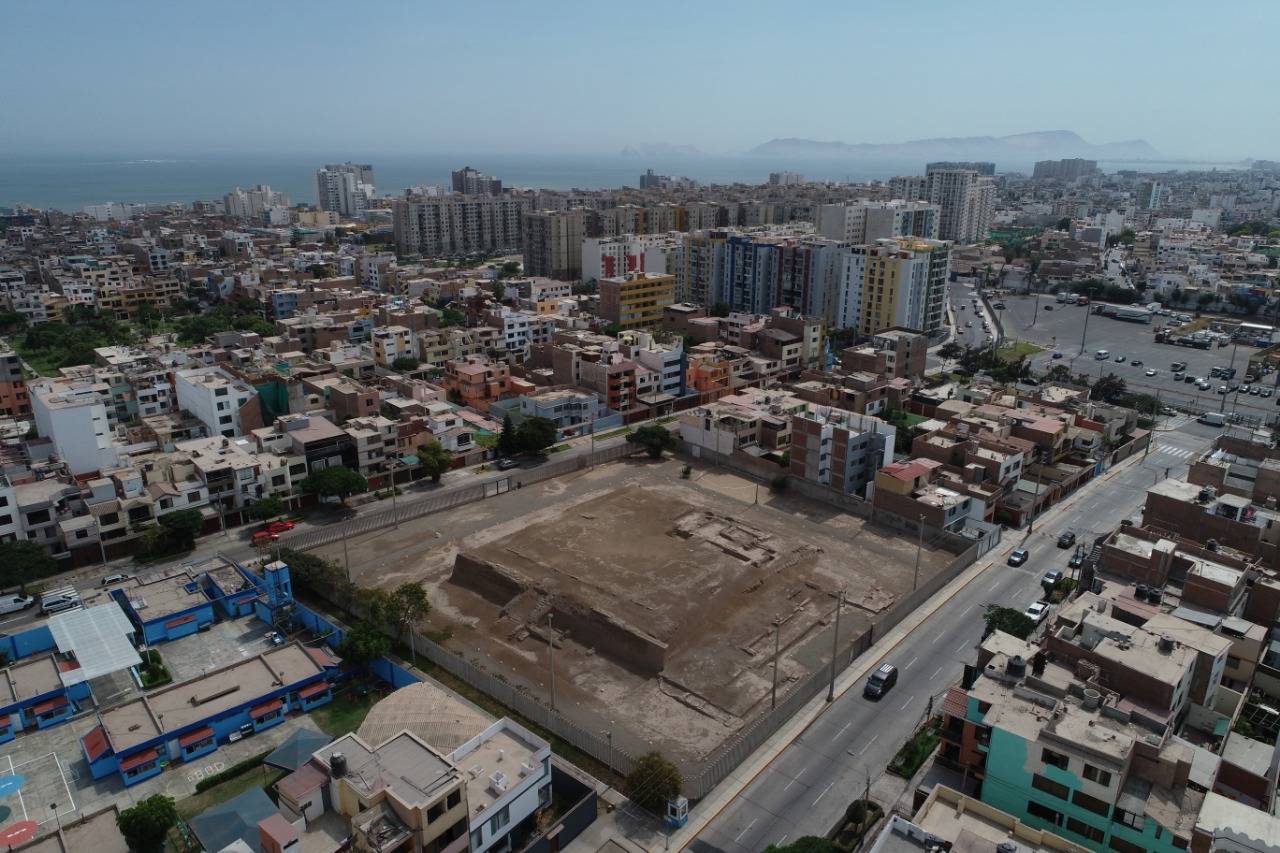Huaca Casa Rosada stands as a significant archaeological site within the urban landscape of Lima, Peru. Located in the San Miguel district, this site spans approximately 5,300 square meters, encapsulating a rich history that extends from the end of the Middle Horizon to the Late Horizon, and further into the colonial and republican periods of Peru.
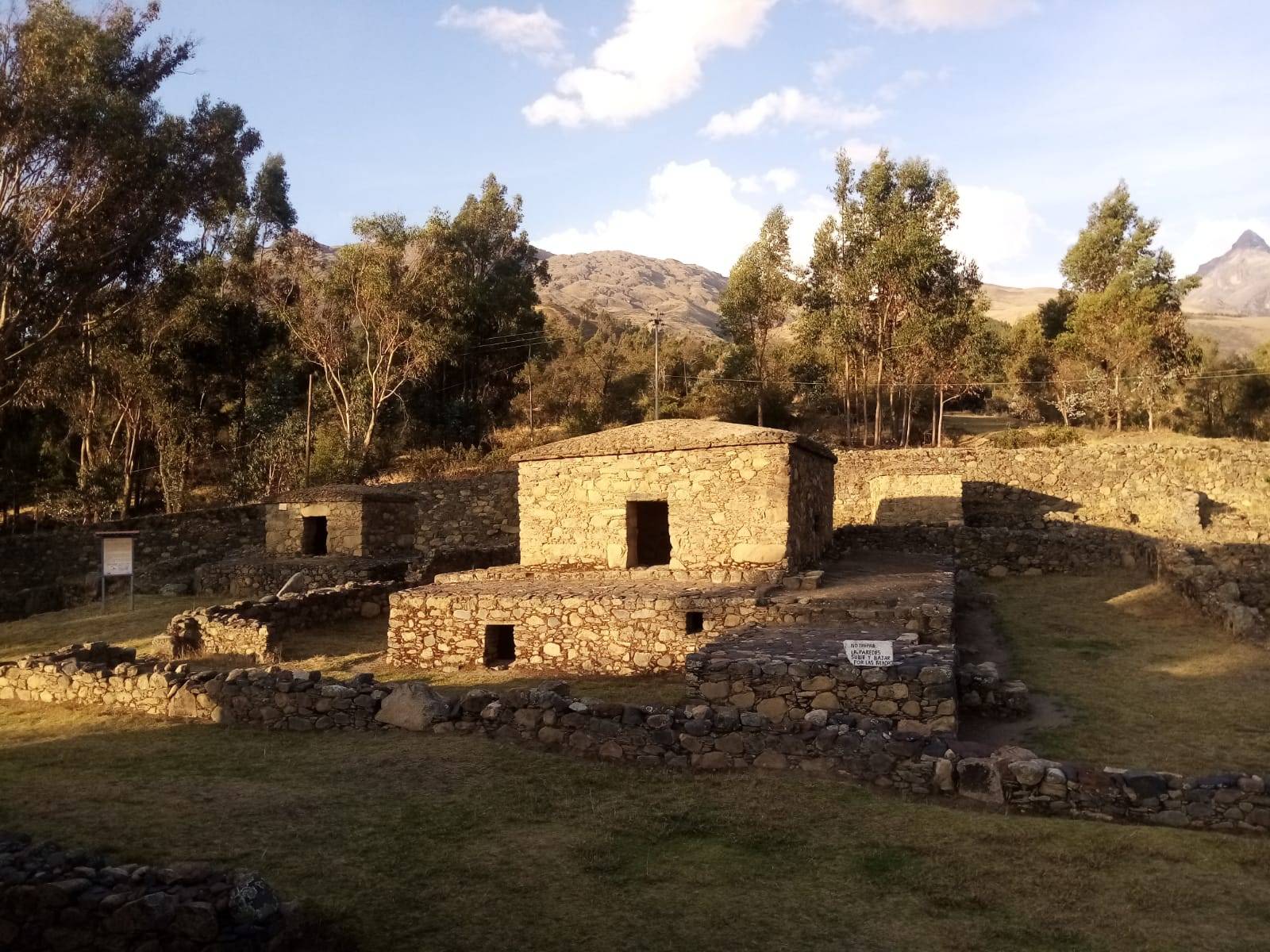
Wilcahuaín
The archaeological site of Wilcahuaín, also known as Huilcahuaín, Huillcahuayín, or Willkawaín, represents a significant chapter in the ancient history of Peru. This site, comprising a notable architectural complex from the pre-Inca era, is located in the Callejón de Huaylas, approximately 7 km northeast of Huaraz, in the district of Independencia, province of Huaraz, department of Ancash, at an elevation of 3400 meters above sea level. The centerpiece of this complex is the so-called “Temple of Huilcahuaín,” a three-story building that stands as a testament to the architectural ingenuity of its creators.
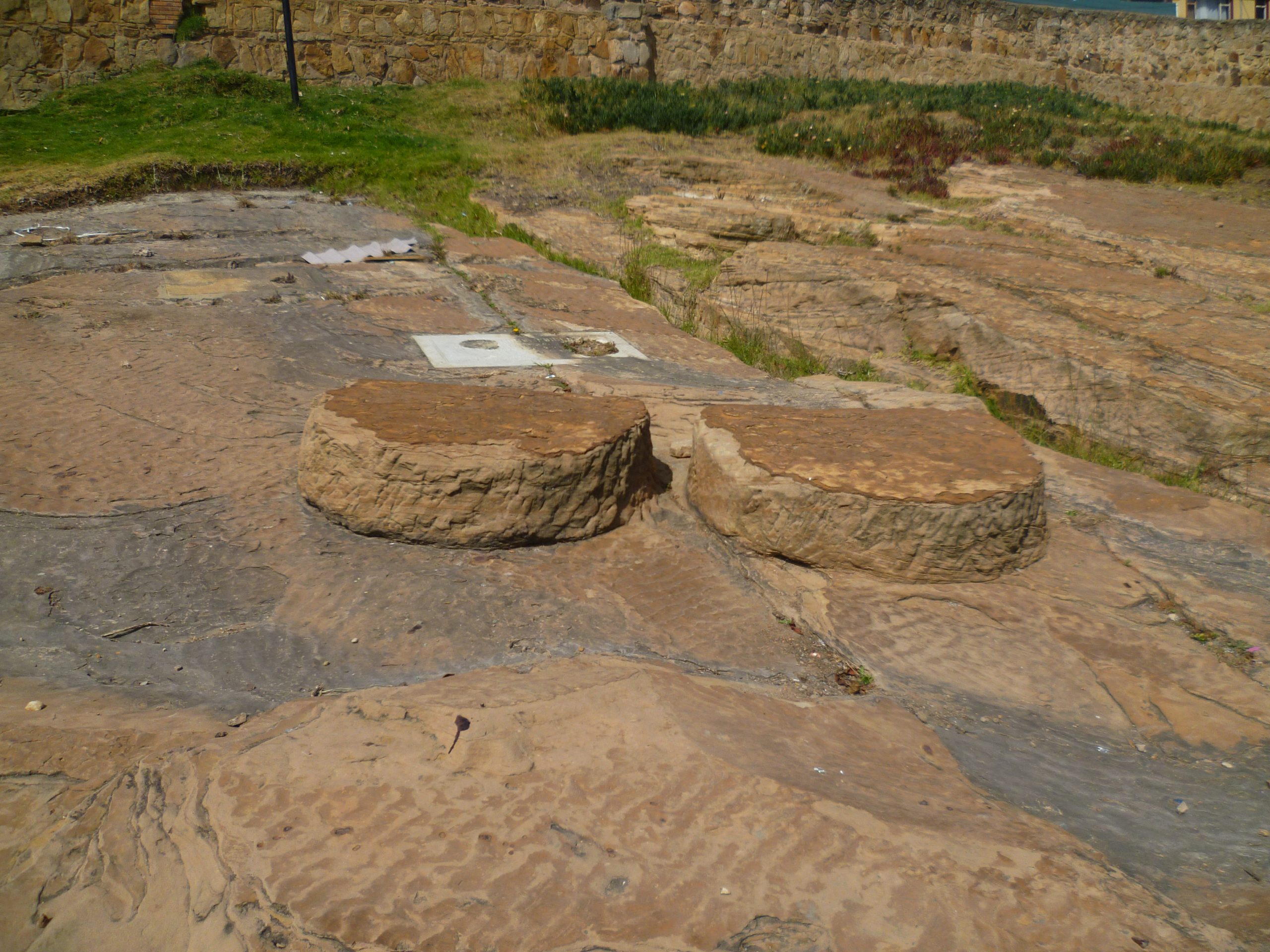
Cojines del Zaque
The Cojines del Zaque are a set of ancient stone seats located in Tunja, Colombia. These seats are significant for their historical and cultural value, as they are closely associated with the Muisca civilization, which flourished in the region before the Spanish conquest. The Cojines del Zaque are believed to have been used by the Muisca rulers, known as zaques, during important ceremonies and gatherings. The site offers a glimpse into the social and political life of one of the most advanced pre-Columbian societies in South America.
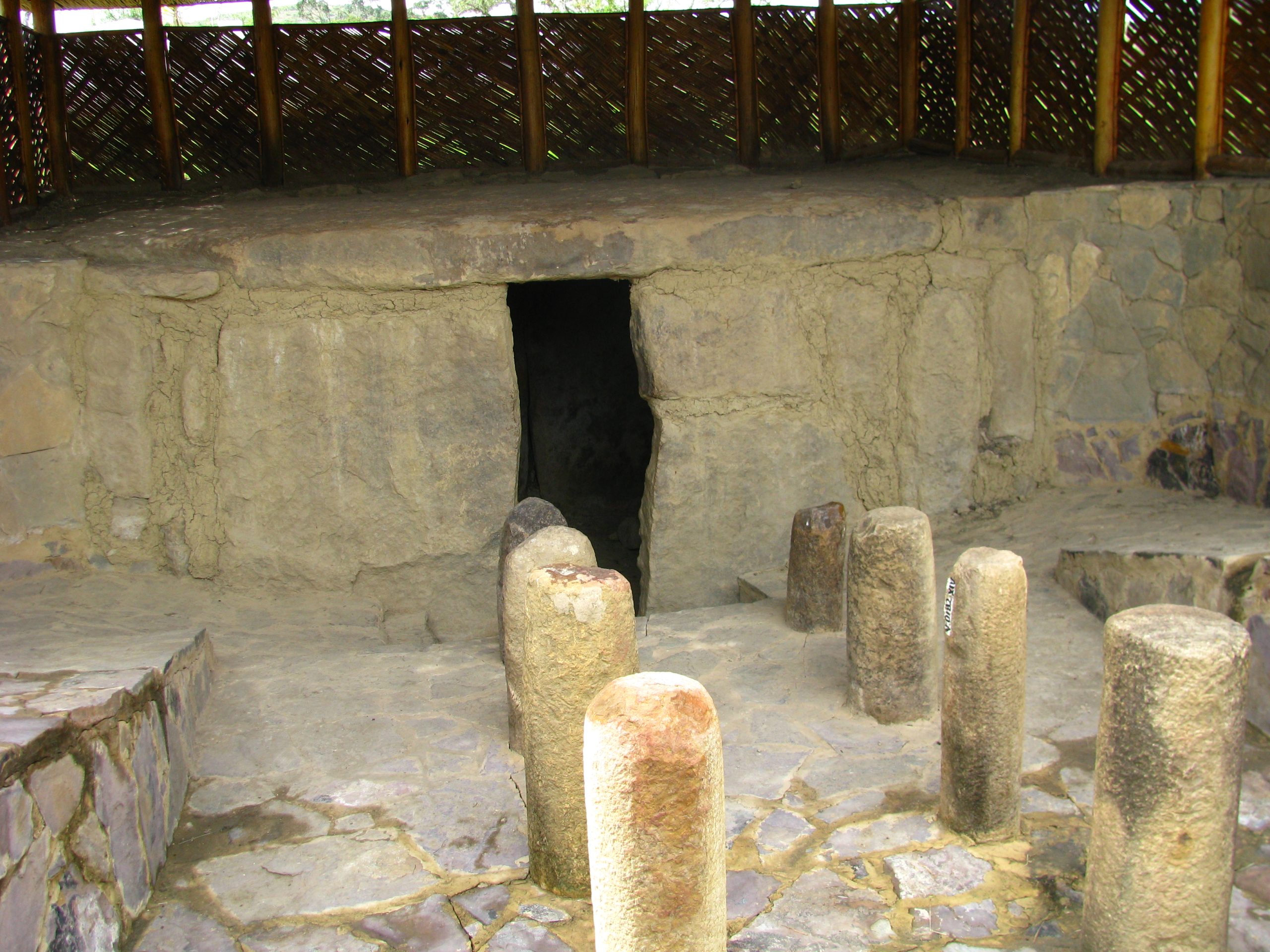
El Infiernito
El Infiernito, also known as the Archaeological Park of Monquirá, is a pre-Columbian archaeological site in Colombia. It is famous for its mysterious stone monoliths and columns, which are thought to have been used for astronomical purposes. The site’s name, which translates to “Little Hell,” was given by Spanish conquistadors who viewed the phallic structures as sacrilegious. El Infiernito is a testament to the advanced astronomical knowledge and cultural practices of the indigenous Muisca civilization that once thrived in the region.
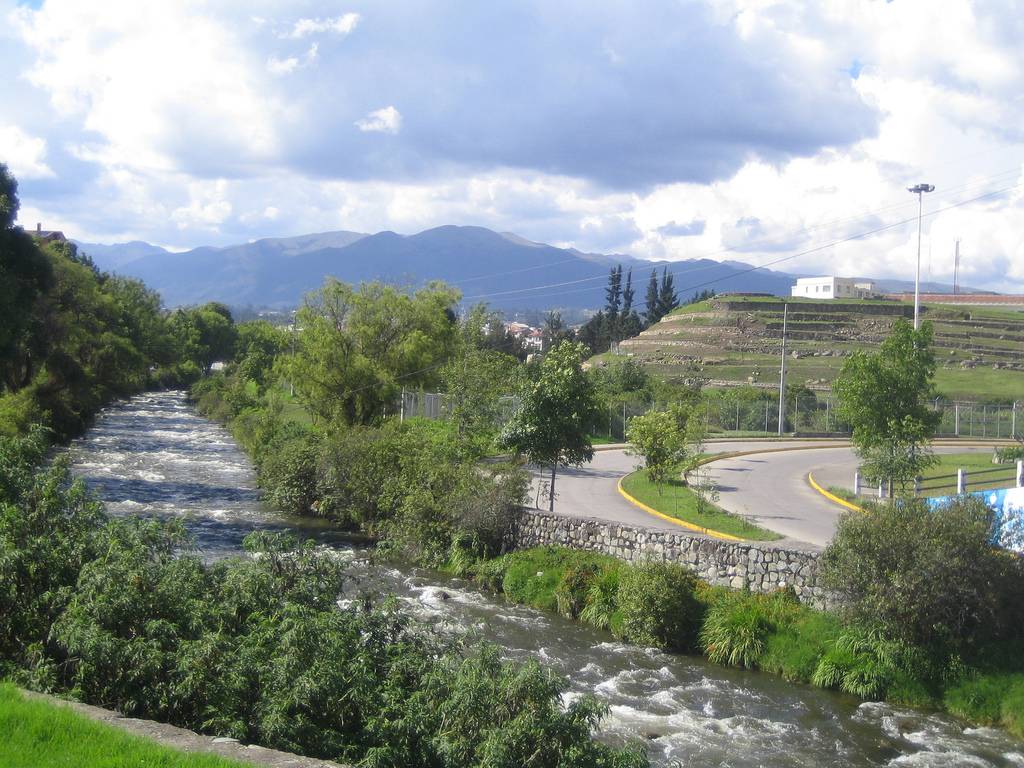
Tumebamba
Tumebamba, also known as Tomebamba or Tumipampa in Kichwa, meaning “Knife Field,” was a principal regional city within the Inca Empire. Emperor Huayna Capac, who reigned from 1493 to 1525 AD, selected Tumebamba as the empire’s northern capital. This strategic decision underscored the city’s importance within the Inca civilization. However, Tumebamba’s prominence was short-lived as it was largely destroyed during the civil war between Huáscar and Atahualpa, just before the Spanish conquistadors’ arrival in 1532. The modern city of Cuenca, Ecuador, now stands on what was once Tumebamba, with parts of the Inca city preserved at the archaeological sites of Pumapunku and Todos Santos.
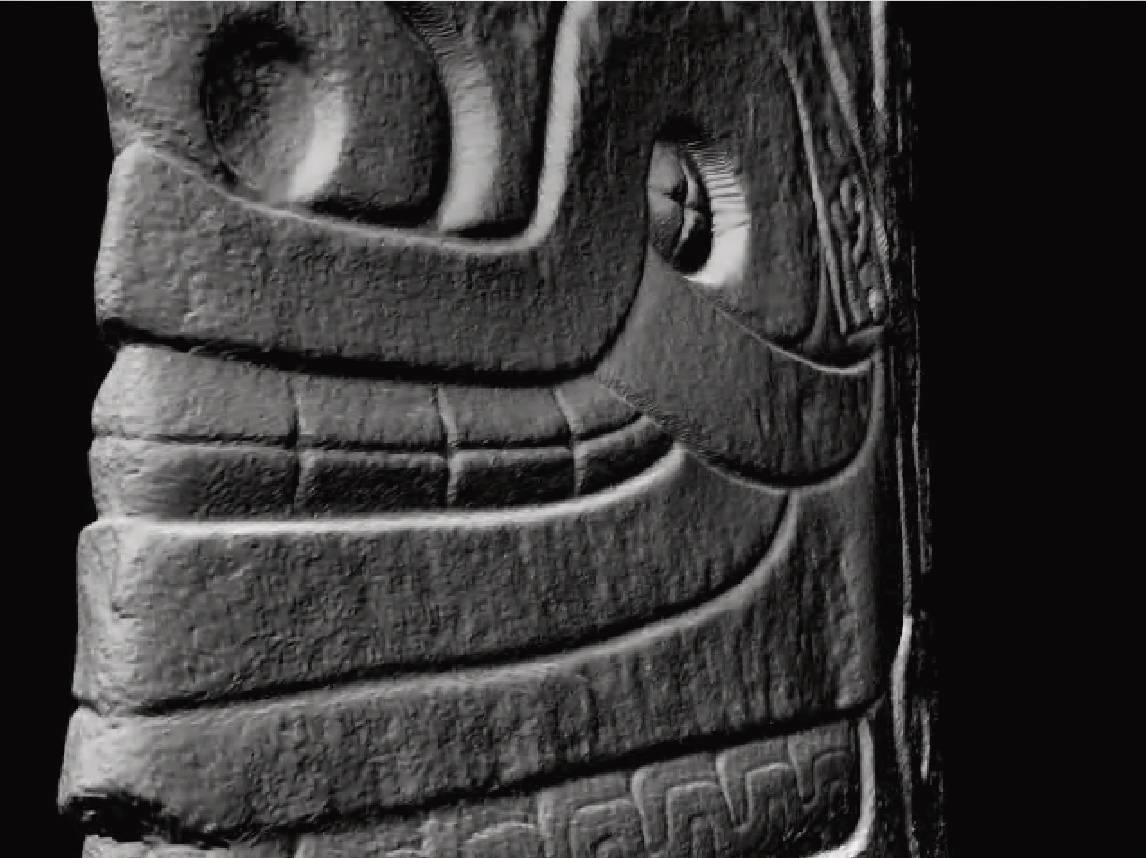
Lanzón Stela
The Lanzón Stela stands as a monumental testament to the religious and cultural innovations of the Chavín culture, which emerged as the first significant religious movement in the Andes mountains. This granite stela, erected circa 500 BC during the Early Horizon period of Andean art, is located in the Old Temple of Chavín de Huantar in the central highlands of Peru. The name “Lanzón” derives from the Spanish word for “lance,” referencing the sculpture’s shape, though its form more closely resembles a highland plow, hinting at its possible agrarian worship connections.

